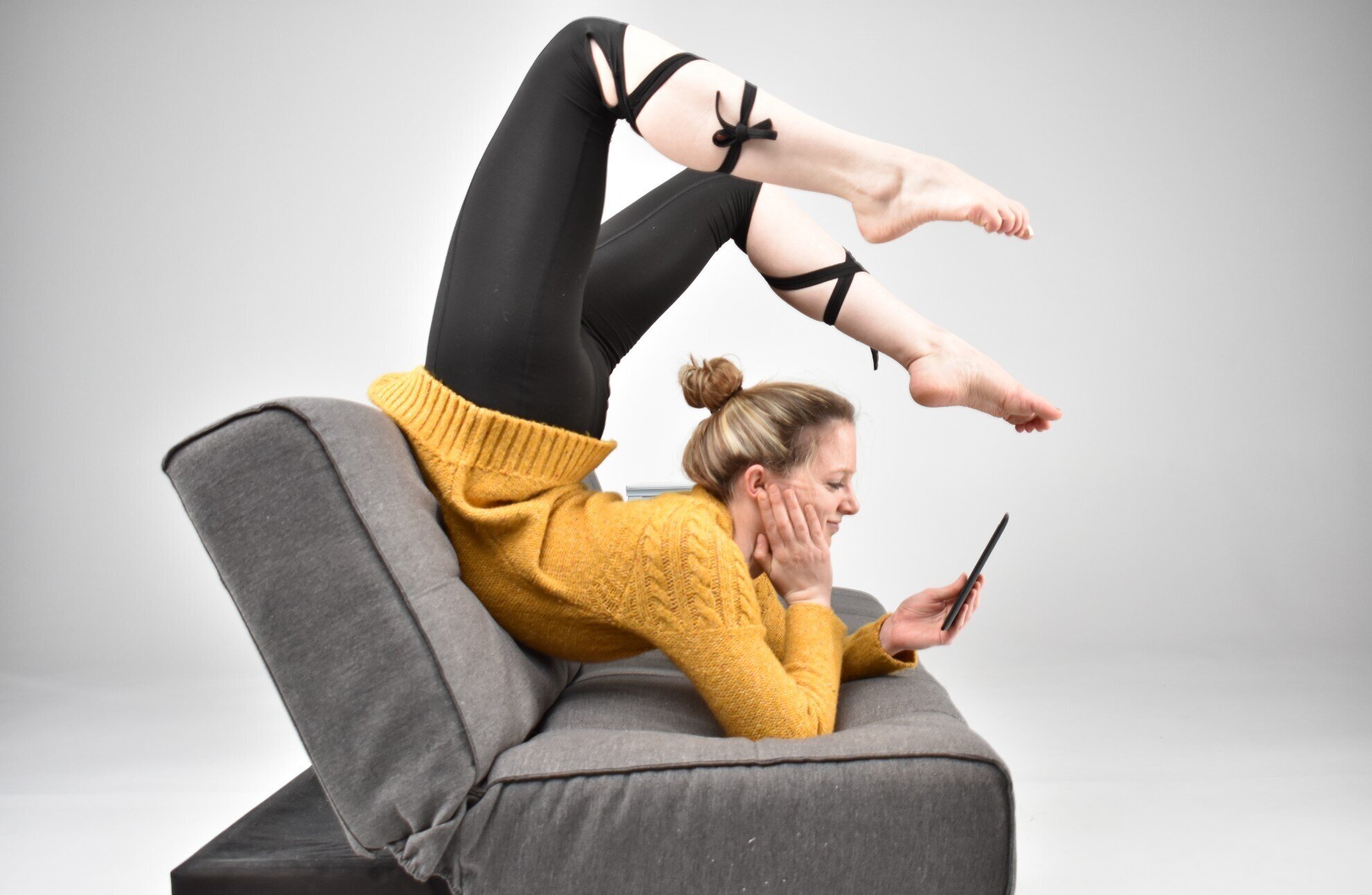
TIPS, TRICKS & HOW-TOs
The Bendy Blog: Flexibility Training Articles
Jump to:
Splits & Leg Flexibility / Back & Shoulder Flexibility / Beginner-Friendly / Contortion / All Posts
ALL BEGINNER-FRIENDLY POSTS
Beginner-Friendly
Warming up your wrists should always be a part of your handstand training (or really any training where your hands are bearing body weight, like pole dancing, bodyweight calisthenics, or contortion). Warming up your wrists will not only make your handstands more comfortable and help prevent wrist injuries, but you can include conditioning exercises to strengthen your wrists to make your balances stronger!
If you feel like most of the bend in your bridge comes from your low back - you’re not alone! For the vast majority of the population, a bridge (or “full wheel” in yoga) is a low-back dominant pose, taking advantage of the natural curve of your lumbar spine. If your bendy aspirations are to even out your bend (and progress to deeper backbending poses), you’ll need to learn to recruit your shoulders and upper back.
Calling all toe-touching wannabes! Join me and my lovely very-average-flexibility assistant Nate to learn a beginner-friendly stretching routine aimed to help improve your hamstring flexibility to help you touch your toes.
Whether you are oh-so-close to flat splits, or still quite a ways away from the floor - anyone can fake a split if you do it at the right angle! And “faking” your split is easier and more comfortable than your regular split, so it’s fun to learn how to do.
If you have tight hamstrings, you may have heard this could be because either “short” (which would imply you should stretch) or that they’re “weak” (which would imply you should strengthen, because stretching would only make them weaker…). So what’s a toe touching wannabe to do? The short answer: do both. Strengthen while your hamstrings are being stretched! These 4 hamstring stretches are my favorite active flexibility exercises for strengthening both your hamstrings and hip flexors to support a deeper hamstring stretch.
As someone who’s gone through several “do a lot on your toes” hobbies (cross country running, Latin dance, pole dance…), I’ve had tight calves virtually all my life. Thankfully calves typically respond very well to stretching (especially loaded/active stretches), so if you have calves that feel like rocks - there is hope!
If you have sciatic nerve tension holding back your flexibility training any time you try to stretch your hamstrings, adding some nerve mobilizations like a glide and a tensioner during your warm up can help alleviate some of that tension so you can make sure your later stretching as addressing the muscle, not just tugging and tensing your sciatic nerve even further.
If you have been trying to stretch your “tight” hamstrings but have seen limited progress, or if you often feel hamstring stretches in your calves or low back - it may not actually be your hamstring muscles that are the problem - it may be your sciatic nerve!
The role of our nervous system on flexibility training is something I wish I learned about way earlier in my training (because, spoiler alert, it needs to be treated totally different from our muscular system). This post is aimed to help get y’all up to speed on the basics of “neurodynamics” in flexibility training so you can start to understand the role your unique nerves play in your own personal training.
Looking to embody a flatter flapjack in your straddle pancake stretch? A straddle “pancake” (forward fold) requires a combination of inner thigh flexibility (to widen your straddle) and hamstring flexibility (to fold forwards). This post will specifically focus on active flexibility drills to strengthen our hamstrings and hip flexors to support a deeper wide-legged forward fold.
There are a lot of activities that require you to really exercise your quads - literally anything that requires bending and straightening of your knee! Running, cycling, and weightlifting are all great at building quad strength, but without stretching after exercise could lead to tighter quads, which can eventually lead to knee pain.
If you’re looking for some beginner-friendly (and knee-friendly!) stretches for your quads, read on.
I’ve written before about how there are a zillion things from your genetics to how much you slept last night that can impact how long it takes to make progress with your flexibility training (which is also why if someone promises they can “get your splits fast!” you should know they’re full of crap). While there are some things you can’t control (hypermobility disorders, bone structure, etc.) there are plenty of things you CAN influence to optimize your flexibility training
Lack of external shoulder rotation - whether it’s for a backbend like a bridge, or a flat back shape like a handstand - can be a limiting factor for both flexibility newbies and aspiring contortionists alike. And this is especially challenging if you also struggle with shoulder flexion (being able to reach your arms straight overhead). Read on for a full routine to strengthen and stretch your overhead external shoulder rotation for bendier bridges and happier handstands!
Shoulders can be a confusing body part (ok body parts depending on how you want to define it!) - there’s a lot of different ranges of motion they can move. That’s why it’s so important to condition them and make sure they’re strong to support the multiple ranges of motion your movement discipline requires. For backbending and shoulder flexibility for things like a bridge (aka full wheel), forearm stand, or handstand, a common shoulder position to drill and strengthen is our external shoulder rotation to stabilize our shoulders and allow for a deeper bend in both the shoulders and upper back.
Are you struggling with the shoulder flexibility (and strength) needed to push up into a full bridge? Boy oh boy do I have a ridiculously thorough blog post for you! Read on for a full stretching routine that includes active and passive stretches to improve your shoulder overheard flexibility and press up strength!
If you’re interested in optimizing your flexibility training, you might be trying to find the “best” time to stretch to see the most results. What if you feel stiff every morning when you wake up? Or exhausted after a long work day and struggle to find the motivation? Or work non-traditional hours? When IS the best time?
These are some of my favorite variations of the Cat/Cow exercise that help get a different stretch in your back and shoulders than the "traditional" version.
Whether you’ve got tight pecs from bench pressing your life away at the gym, or from slouchy shoulders-forward posture that keeps your chest muscles in a perpetually shortened position - stretching them out will not only feel good, it’ll help ensure your shoulders and back stay healthy long-term.
It’s always important to warm up your muscles before you do any serious stretching . The hip flexor focused warm up below is great to do before any kind of leg flexibility work, especially things like front splits where tight hip flexors can really limit your range of motion. These 12 exercises can all be done together, or you can pick a couple and throw them into your current warm up routine just for a little extra hip flexion practice.
If you’re new to working on bridges (aka “full wheel" pose”), you may experience some discomfort in your wrists since they’re not used to supporting your body weight in such a flexed position. Thankfully there are plenty of adjustments you can make to make your bridges more wrist-friendly in the short term while you work on your wrist strength & flexibility in the long-term (also continuing to work on your back and shoulder flexibility will help your wrists too - more on that later!).
If you’re working on being able to touch your toes, but your hamstrings are so tight you can’t even sit up straight in a pike, stretching can be very frustrating - especially if you’re following “tutorials” written for bendier practitioners...
But never fear, there are plenty of legitimately beginner-friendly stretches you can do that safely and effectively target your hamstrings without stressing your low back.
If you have tight hamstrings, you’re not alone! Unless you have a regular stretching practice as part of your workout routine, odds are you can’t touch your toes. Don’t worry, that’s is a pretty “average” level of flexibility in our era of so much sitting.
But why are they tight? And what can you do to help loosen them up so you aren’t getting so much carry-over tension in your low back?
Whenever I’m warming up my shoulders for backbends, I like to include some conditioning exercises as well. Like I’ve said before flexibility training is as much about strength as it is about stretching. If you are trying to get more open shoulders, like in a bridge, you’ll see more progress incorporating some strength and active flexibility exercises like these.
I get asked a lot (more frequently now that we’re all quarantined at home) for recommendations for what sorts of yoga blocks to buy for home practice, what foam roller I recommend, or what bow I’m using in my contortion archery videos. So here’s my official Big List of Stuff I’ve Bought for Contortion That I’d Wildly Endorse.
Shoulders are a critical part of any circus practice, whether you’re backbending, handbalancing or doing aerials - so it’s important to give them the proper love and attention they need in your warm up.
Here are some great exercises to help warm up your shoulders, get your joints moving, and start explore your mobility. I like to start with mobility work, then move on to conditioning.
Being able to do a bridge is a common back flexibility goal, but if you can’t just “do a bridge” you may not know where to start! Here we have a simple progression of pose variations you can use as goals to practice and build the strength and control to eventually do a full bridge. Let’s get started!
If you have tight hamstrings and trying to touch your toes in a standing forward fold feels like a laughable exercise - it’s time to switch up your stretch. While there’s nothing “wrong” with a good ol’ forward fold, for the less flexy among us it’s honestly not an ideal exercise to start with. Give these Wall Heel Slides a try instead!



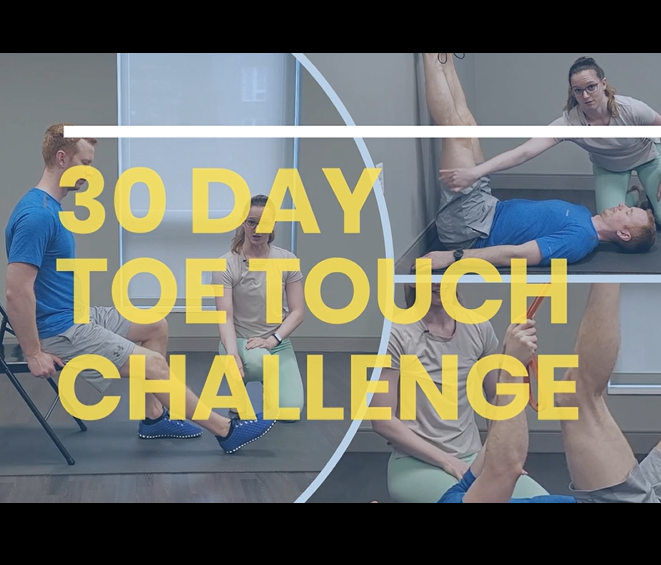

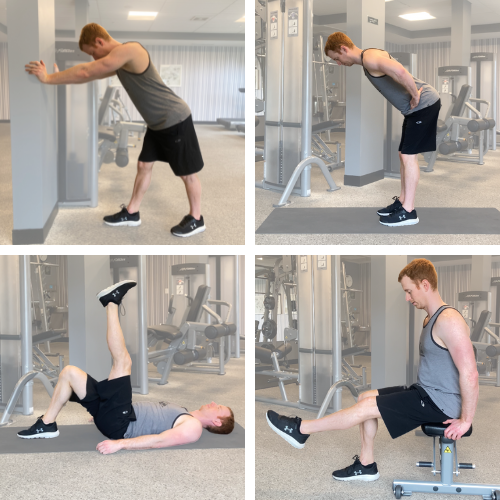
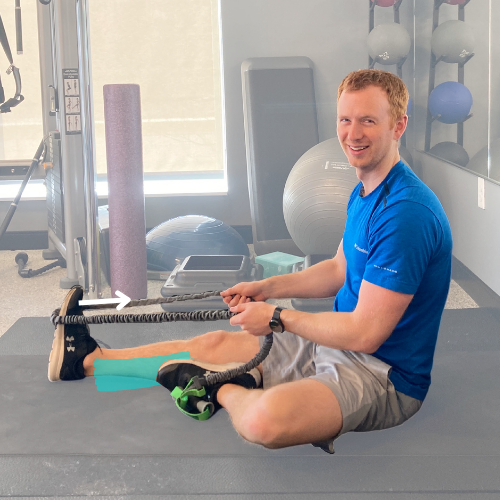
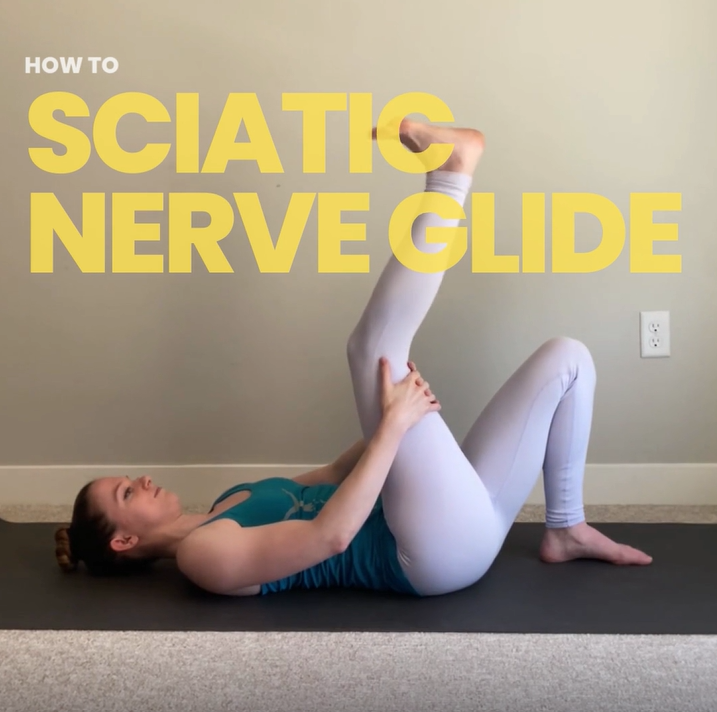
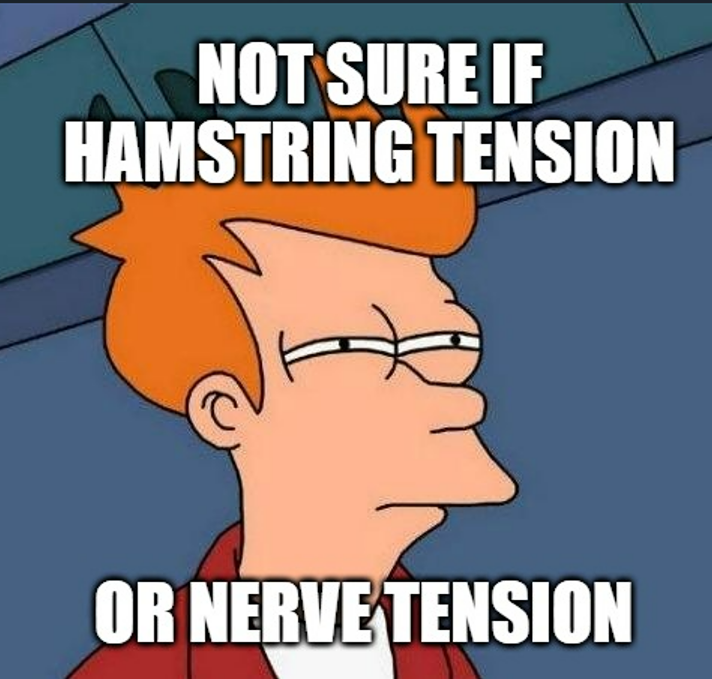

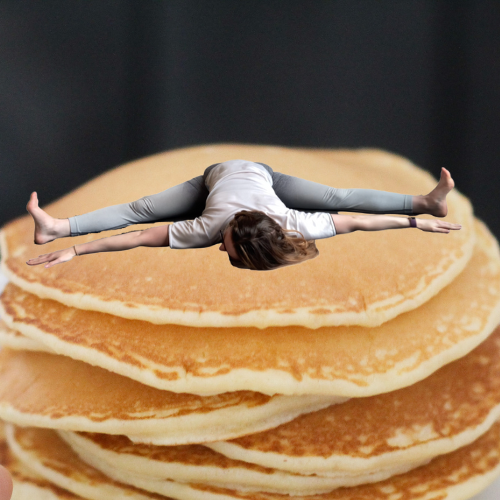
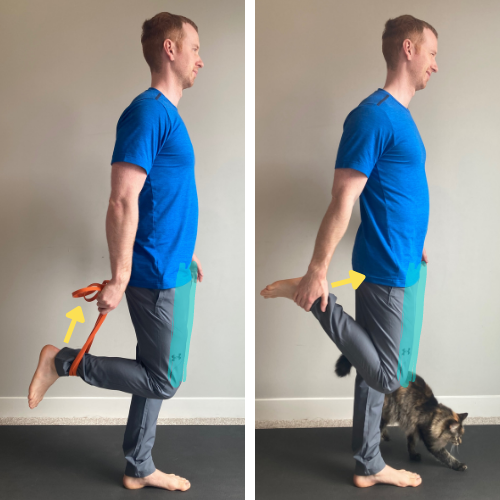
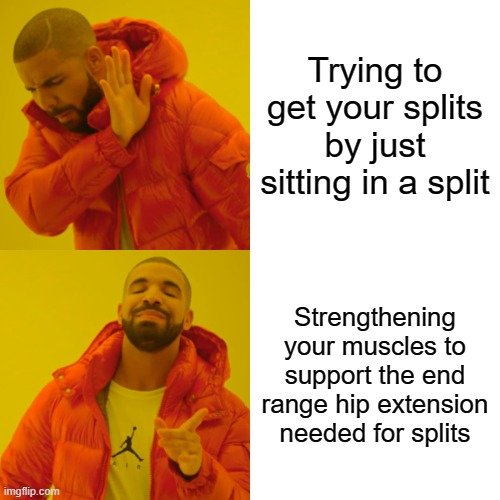
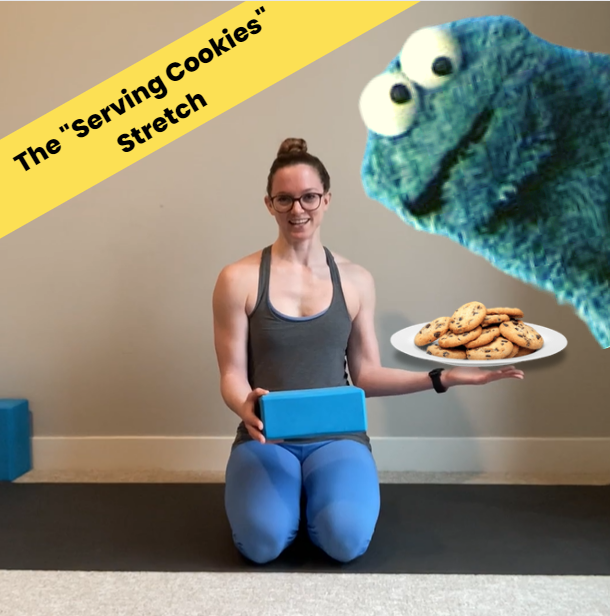


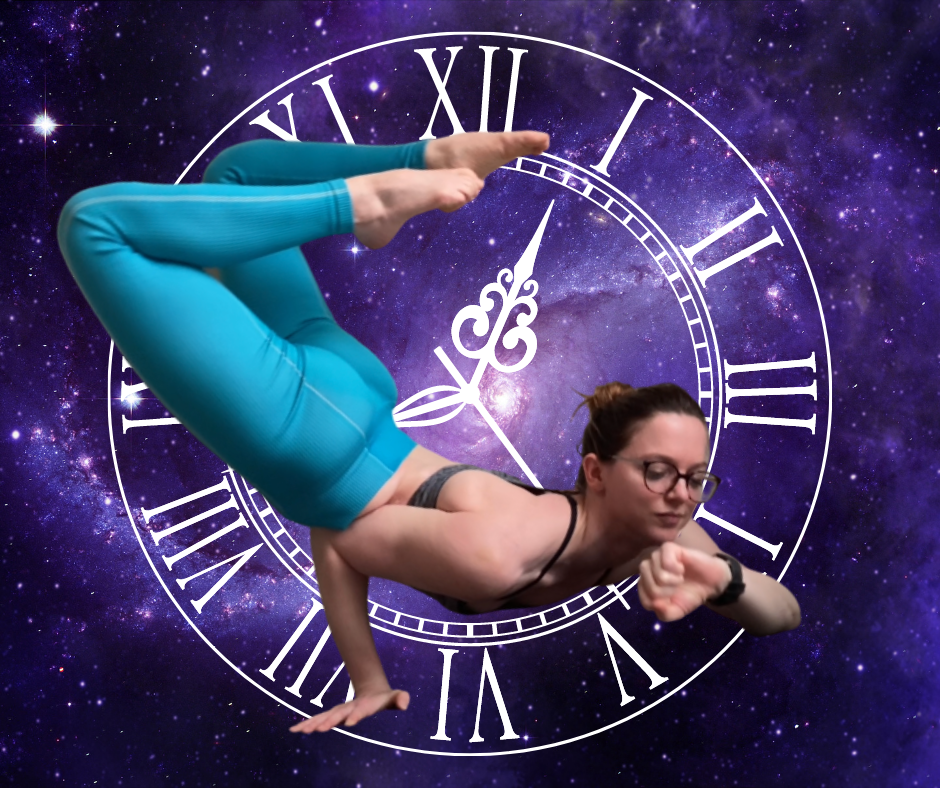
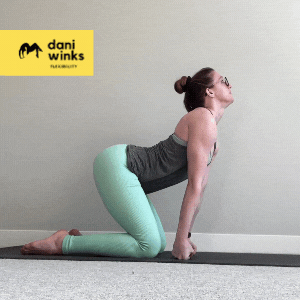
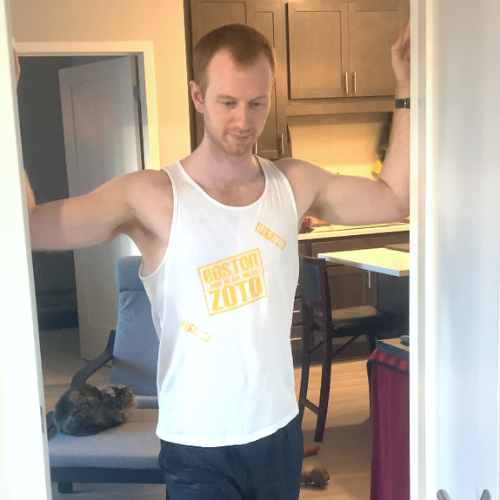
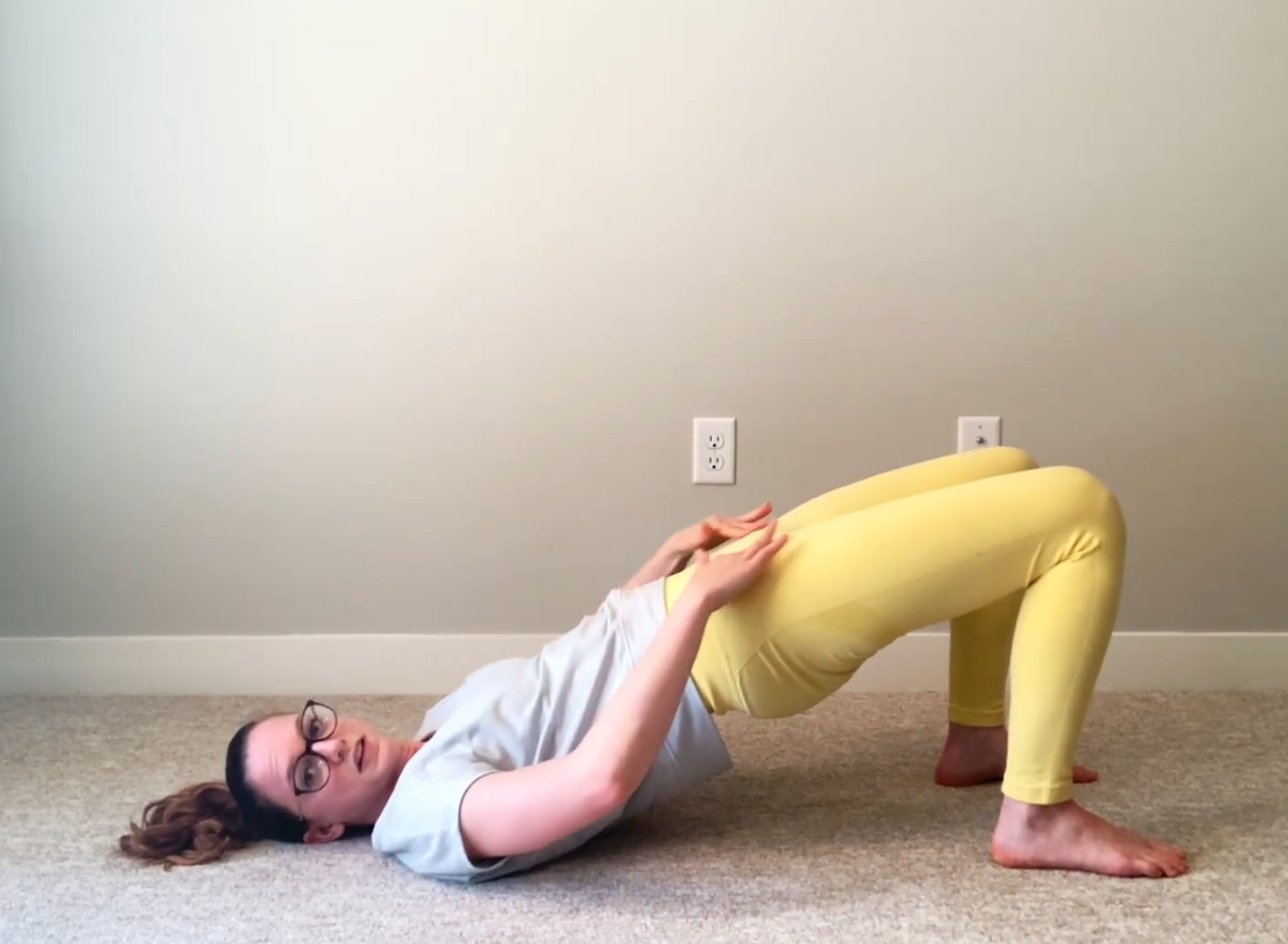
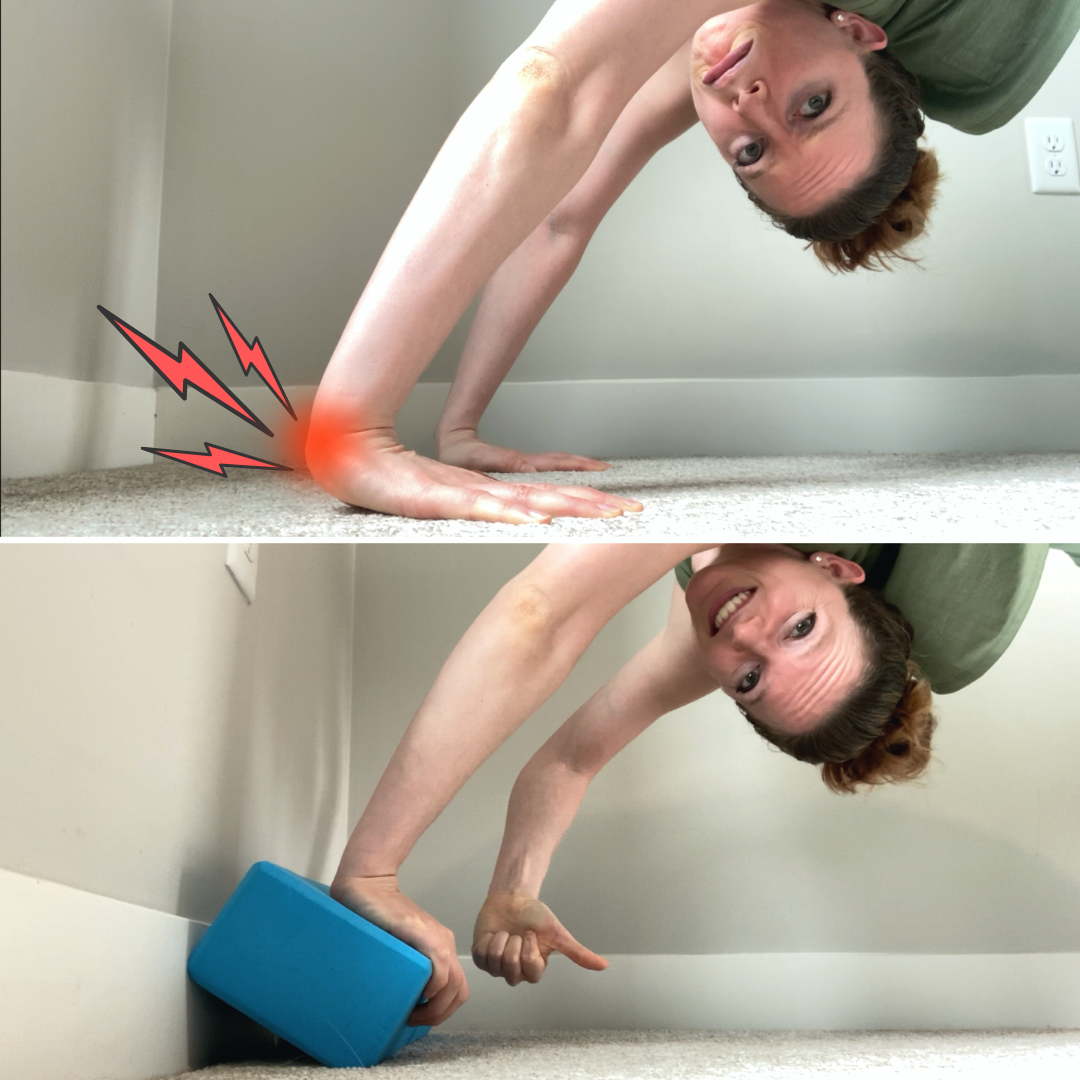
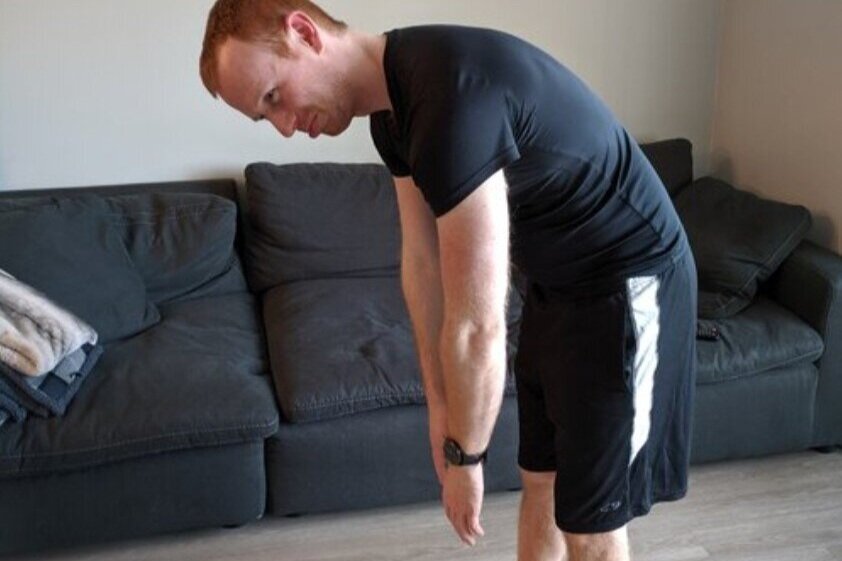
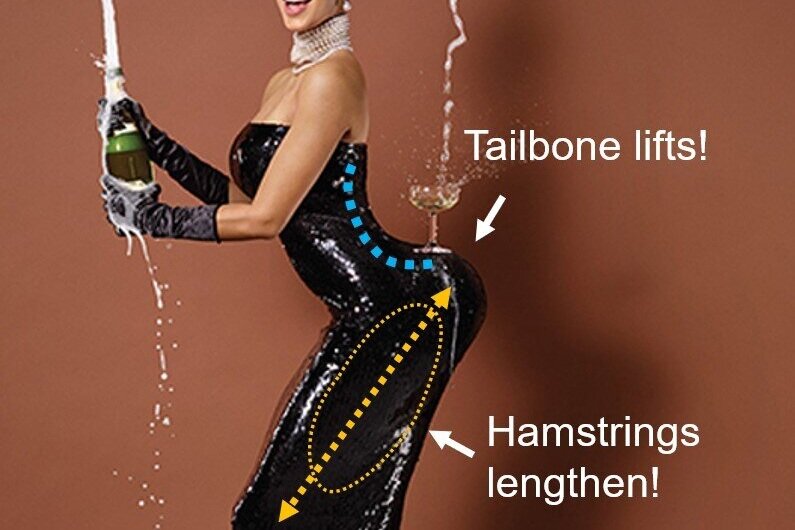
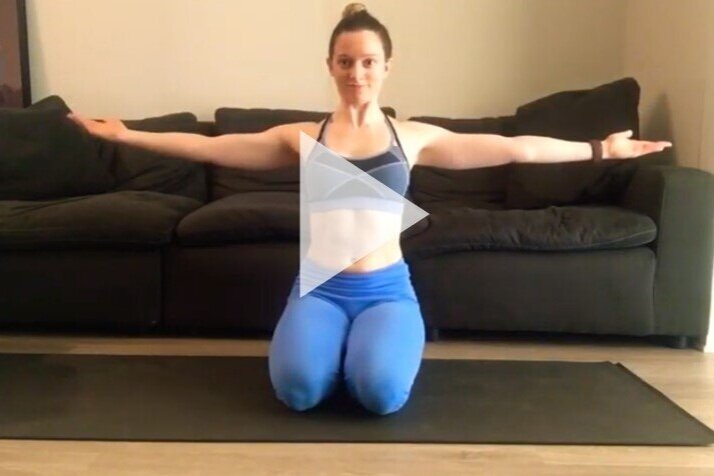


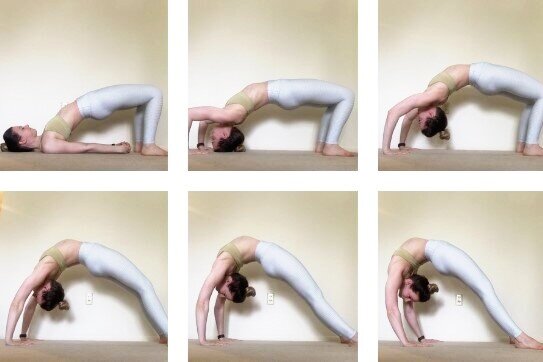
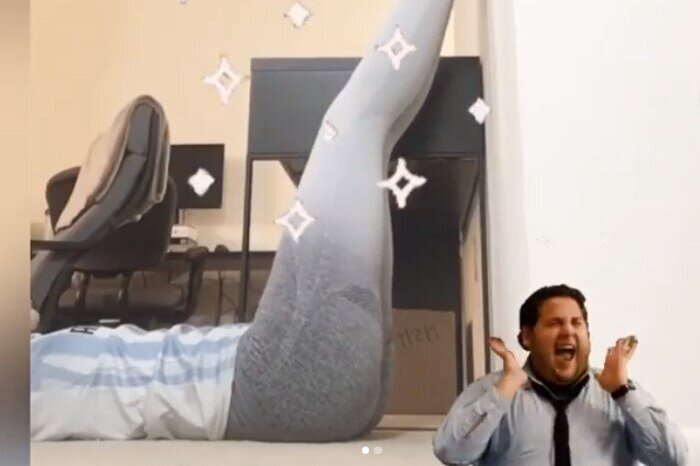
Knee discomfort - especially in the back knee - while doing a lunge is not uncommon for folks with tighter hips. There are many reasons you might be feeling some knee pain while in a lunging position: weak quads, tight quads, improper patella tracking, too much pressure on the patella, etc. Thankfully, there are several modifications you can try that can alleviate some of the pressure on your knee so that you can still stretch comfortably!